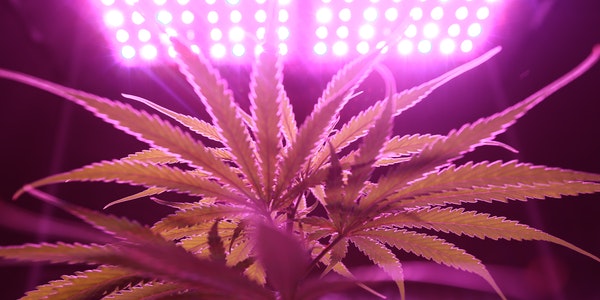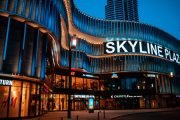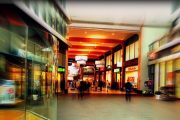In plant lighting design, choosing different lighting sources and lighting fixtures will have completely different effects. Plant lighting must not only highlight the lighting effect of its plant viewing, but also consider its safety, economy and applicability. So what kind of lighting source and lighting fixture should we choose?
Lighting Source
Landscape lighting sources include gas discharge lamps, incandescent lamps and special light sources. In general shrub, tree, lawn plant lighting, the color rendering index of the light source Ra>65 is selected, and for the lighting of flowers or special plants, the light source is selected. Color rendering index Ra>80.
Incandescent lamp: PAR lamp mainly adopts pressure-sealed glass. PAR lamps have been used in landscape plant lighting for a long time because of their small size, good light distribution characteristics, high luminous efficiency, and simple lamp structure.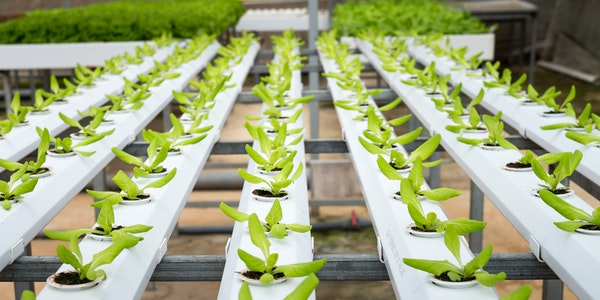
Gas discharge lamps: metal halide lamps, sodium lamps, compact fluorescent lamps. Metal halide lamps and sodium lamps have been widely used due to the continuous improvement of their color rendering index and high luminous efficiency of the light source.
Special light source: refers to LED lights composed of high-power semiconductor light-emitting devices and fiber-optic lights composed of optical fibers and electric light sources. LED lights and fiber optic lighting are mainly used for decoration and some special visual effects due to their own characteristics.
Lighting Fixtures
The types of landscape lighting lamps are divided into floodlights, spotlights, buried lights, high-pole floodlights, etc. The reasonable selection of light sources and lamps plays an important role in the effect of plant lighting, and also plays an important role in lighting energy saving and lighting safety. is crucial.
Floodlight: Equipped with metal halide lamp and sodium light source, used to illuminate tall trees, large shrubs and lawns.
Spotlight: equipped with PAR lamp, compact fluorescent light source, used for single planting, flowers and other lighting.
Underground lamp: equipped with compact fluorescent lamp, metal halide lamp, PAR light source, used to illuminate the branches of large trees, single large shrubs, etc.
High pole flood light: equipped with metal halide lamp and sodium light source, it can produce top-down light effect on some plants.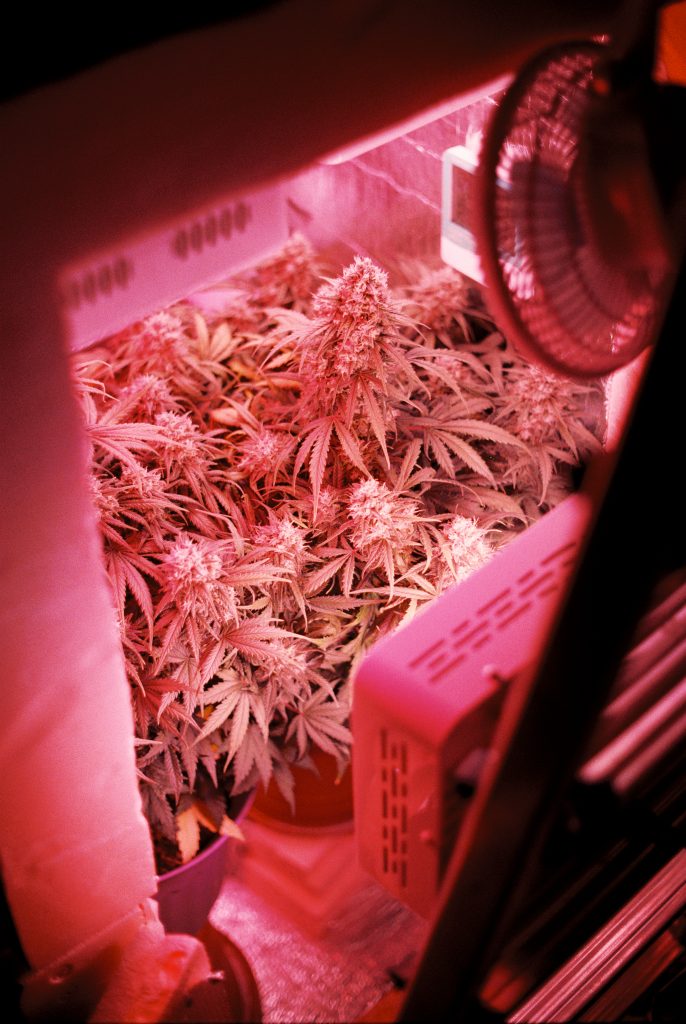
Lighting Installation
The installation of the luminaire needs to consider the relative relationship between the position of the light source and the position of the plant-on the front, side, back or a combination of these positions, which will determine the shape, color, detail and texture of the plant. The forward light expresses the shape, emphasizing details and colors, and reduces or strengthens the texture by adjusting the distance between the lamp and the plant; the backlight only expresses the shape, and increases the sense of layering by separating the plant from the background; the side light emphasizes the plant texture and forms shadows , Through the geometric relationship of shadows to link different areas together.
Expression
There are five commonly used plant lighting expression methods, namely, projection lighting, glancing lighting, internal penetration lighting, silhouette lighting and falling shadow lighting.
Projection lighting: the lamp illuminates the plants vertically from a long distance to provide uniform lighting on the surface of the plants. It can be bright or soft. This method aims at achieving the overall composition.
Glance lighting: Put the lamps closer to the plants than the surface lighting, and illuminate the plants “tangentially”, emphasizing the texture. According to the size and height of the plants, choose a narrow light-emitting angle lamp, and sometimes need to install an optical prism Accessories such as glass form a “fan-surface light”, which maximizes the use of light.
Internal lighting: Plants with more gaps between the branches and leaves and transparent leaves. You can place the lamp at the lower part of the branch near or close to the ground to create the effect of luminous branches and leaves.
Silhouette lighting: Put the lamp on the back of the plant to illuminate the wall behind the plant. The lighting shows only the shape of the plant, without texture, color and details. This method is suitable for plants with clear shapes. The whole composition is the main or relatively main visual focus.
Falling shadow lighting: that is, using upper light from the side of the tree to illuminate the tree, which can produce shadows on the nearby vertical surface, adding interest to the wall.

